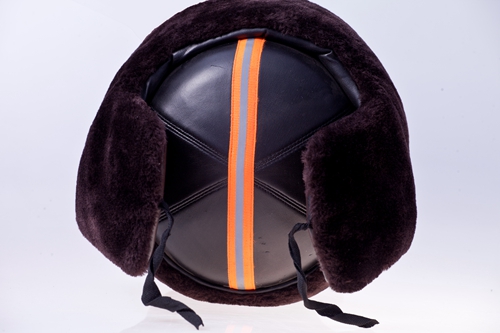oil rig safety clothing
The Importance of Safety Clothing on Oil Rigs
Oil rigs play a crucial role in the energy sector, facilitating the extraction of petroleum and natural gas from beneath the earth’s surface. However, working on an oil rig involves numerous risks, from heavy machinery and flammable materials to unpredictable weather conditions. To mitigate these hazards, safety clothing becomes an essential aspect of rig operations, contributing significantly to the well-being of workers.
Understanding Safety Clothing Requirements
Safety clothing, often referred to as personal protective equipment (PPE), encompasses a range of apparel and gear designed to protect workers from specific hazards. On oil rigs, this includes flame-resistant clothing, hard hats, gloves, safety goggles, and steel-toed boots. Each piece serves a distinct purpose, tailored to the unique challenges faced in offshore and onshore drilling environments.
1. Flame-Resistant Clothing Given the presence of flammable gases and the potential for explosions, flame-resistant (FR) clothing is a must. This type of apparel is designed to self-extinguish when exposed to flames, reducing the risk of severe burns. It is often made from materials such as Nomex or Kevlar, which provide excellent protection while allowing for comfort and mobility.
2. Hard Hats Safety helmets are vital in protecting workers from head injuries due to falling objects or head bumps. Hard hats must meet specific industry standards, offering a reliable barrier against impacts.
3. Gloves and Protective Footwear Specialized gloves protect hands from cuts, chemicals, and abrasions while maintaining dexterity. Steel-toed boots are equally essential, providing foot protection against heavy equipment and slips caused by oil or water.
oil rig safety clothing

4. Eye and Face Protection The risk of flying debris and chemicals makes safety goggles or face shields indispensable. These items protect against potential eye injuries that could result from accidents or equipment malfunctions.
Training and Compliance
Merely providing safety clothing is not enough; rigorous training programs must accompany the distribution of PPE. Workers should be educated on the proper use and maintenance of their safety gear to ensure maximum protection. Regular inspections of equipment and clothing also help in identifying wear and tear that could compromise safety.
Employers are responsible for adhering to regulatory standards set by agencies like OSHA (Occupational Safety and Health Administration) regarding PPE. Compliance not only helps in providing a safe working environment but also fosters a culture of safety, emphasizing the importance of protective gear among workers.
Conclusion
The role of safety clothing in oil rig operations cannot be overstated. It is a critical line of defence against the myriad dangers that workers face daily. By prioritizing the use of suitable PPE, conducting regular training, and adhering to safety regulations, companies can significantly reduce the risk of accidents and injuries. Ultimately, investing in the safety of workers is not only a legal obligation but also a moral imperative, ensuring that those who fuel our world can return home safely at the end of each day. Through continuous innovation in safety clothing and a commitment to employee welfare, the oil and gas industry can work towards a safer future.
-
Wholesale Safety Helmets - Cheap OEM Supplier China Manufacturer
NewsMay.30,2025
-
Top Safety Helmet Manufacturers in Japan - Durable & Certified
NewsMay.30,2025
-
Affordable 3M Safety Helmets in Pakistan Bulk Pricing & Factory Deals
NewsMay.30,2025
-
Affordable HDPE & EN397 Hard Hats - Safety Certified, Bulk Deals
NewsMay.29,2025
-
FDA-Compliant Food Safety Clothing Suppliers Health Dept Approved
NewsMay.29,2025
-
adidas safety clothing
NewsMar.07,2025
